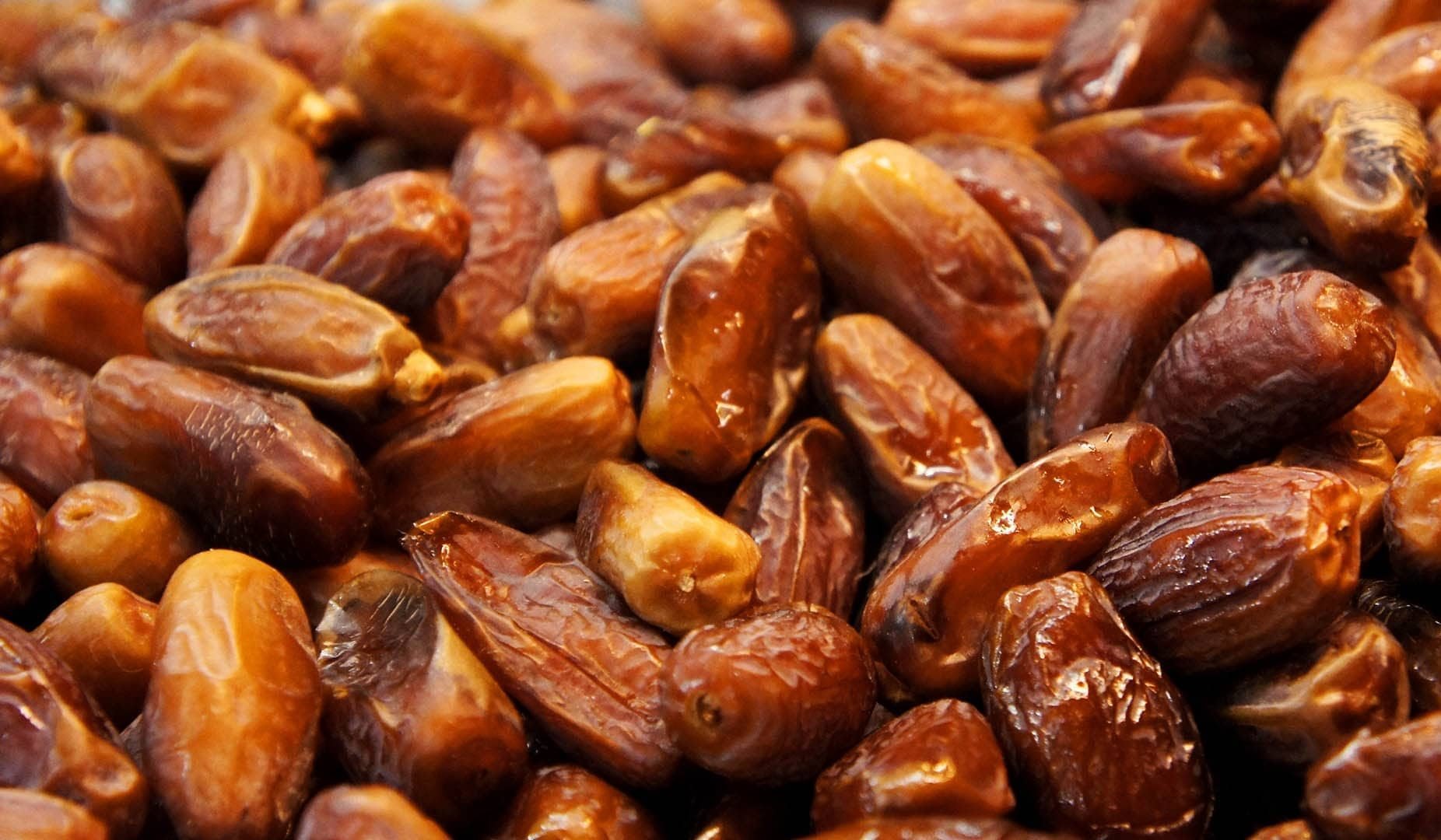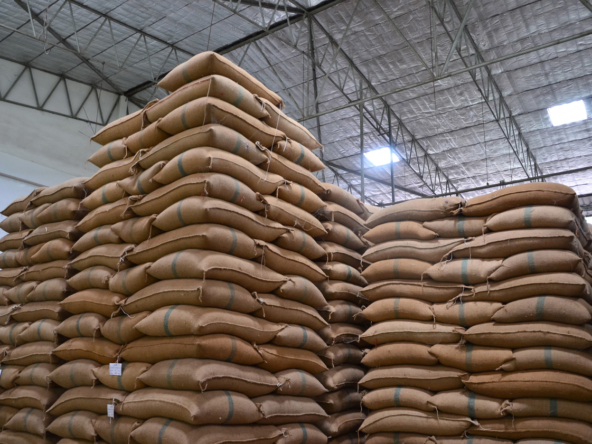Dates have been a vital part of human civilization for millennia, revered not only for their sweetness and nutritional value but also for their enduring role as a trade commodity. From the early days of agriculture to the thriving markets of ancient empires, dates have connected cultures, facilitated economic exchange, and nurtured societies. The journey of this ancient fruit across trade routes showcases its significance as both a practical resource and a symbol of prosperity, shaping the economic landscapes of the regions it touched.
Origins and Early Cultivation
The date palm (Phoenix dactylifera) is native to the arid regions of the Middle East and North Africa, where it has flourished for over 6,000 years. In ancient Mesopotamia, the date palm was cultivated along the banks of the Euphrates and Tigris rivers using sophisticated irrigation techniques. These fertile lands gave rise to some of the earliest known date plantations. The fruit was so essential to daily life that it was often depicted in ancient Egyptian hieroglyphs and found in the tombs of pharaohs, a symbol of sustenance in both life and the afterlife.
Dates as a Trade Staple
The remarkable shelf life and high nutritional value of dates made them an ideal commodity for ancient traders. As civilizations expanded, dates became a crucial part of trade, traversing across vast distances and connecting people from different regions.
- Mesopotamian Trade Networks:
In Mesopotamia, dates were not only a staple in local diets but also a key export. The Euphrates and Tigris rivers allowed merchants to transport dates to cities like Babylon and Ur, where they were traded for goods such as textiles, metals, and spices. Dates were highly sought after in these cities and helped form the backbone of the region’s economy. - The Silk Road:
The Silk Road, famous for connecting East and West, was another important pathway for date trade. Alongside silk, spices, and gems, dates made their way from the Middle East to Central Asia and China. Their durability and nutritional value made them a staple for merchants and travelers on these long journeys across deserts and mountain ranges. - The Incense Routes:
The Arabian Peninsula’s role in the Incense Routes also saw dates being traded alongside incense, perfumes, and luxury goods. Cities such as Petra and Damascus became key hubs for date trade, which would eventually reach Mediterranean markets, where dates were considered a rare delicacy. - Trans-Saharan Trade:
The Trans-Saharan trade routes provided another major avenue for date commerce. Dates were carried by camel caravans across the harsh African desert, exchanged for gold, salt, and ivory. Their ability to withstand the extreme desert conditions made them a valuable resource for traders, symbolizing both sustenance and wealth. - Maritime Spice Routes:
Dates were also an important part of the maritime trade that connected the Arabian Peninsula with South Asia and Southeast Asia. Ports in Oman and Yemen played a crucial role in exporting dates to regions like India, where the fruit became a popular ingredient in sweets and culinary dishes.

Cultural and Religious Significance
Beyond their economic value, dates held immense cultural and religious importance. In Islamic tradition, they are mentioned in the Quran and are essential for breaking fasts during Ramadan. In ancient Mesopotamia, dates were offered to gods as part of religious rituals, while Jewish traditions regarded them as one of the seven species mentioned in the Torah, symbolizing abundance and divine favor. This spiritual and cultural significance contributed to their widespread demand and trade across different societies.
Economic Influence in Ancient Societies
The trade of dates was integral to many ancient economies. In Babylon, date harvests were heavily taxed, underscoring the fruit’s economic importance. The Roman Empire also imported large quantities of dates, where they were used as a luxury food item at feasts and in desserts. Their inclusion in Roman banquets highlighted their status as an exotic and expensive delicacy, reinforcing their role as both a practical and prestigious commodity.
Modern Revival and Legacy
Though the ancient trade routes that once carried dates have diminished, the fruit has experienced a revival in recent times. Advances in agricultural techniques and global trade networks have enabled dates to be grown and exported on an industrial scale. Today, countries such as Saudi Arabia, Egypt, and Iran dominate the production of dates, meeting the increasing global demand for this natural, nutritious fruit. Dates are no longer just a luxury; they are now seen as a health food, a natural sweetener, and an essential part of modern diets.
The legacy of the date fruit is a remarkable story of resilience and connectivity. From its origins in the deserts of the Middle East to becoming a global commodity, the date has remained a symbol of sustenance, wealth, and cultural exchange. Today, as we continue to enjoy the fruit of this ancient trade, we are reminded of its rich history and enduring significance in linking civilizations across time and space.
Ajigofarms is a reliable global agricultural purchase sourcing with profound expertise in the manufacturing, and exportation of food crops. We are tested, and trusted suppliers of all kinds of cash crops and food crops. Our constant supply chain solution makes exporting easy, quick, and safe, we are identified with timeliness and meeting up with deadlines. Regardless of the region you are located in worldwide, you can reliably order your Agric products and be rest assured of successful delivery.




